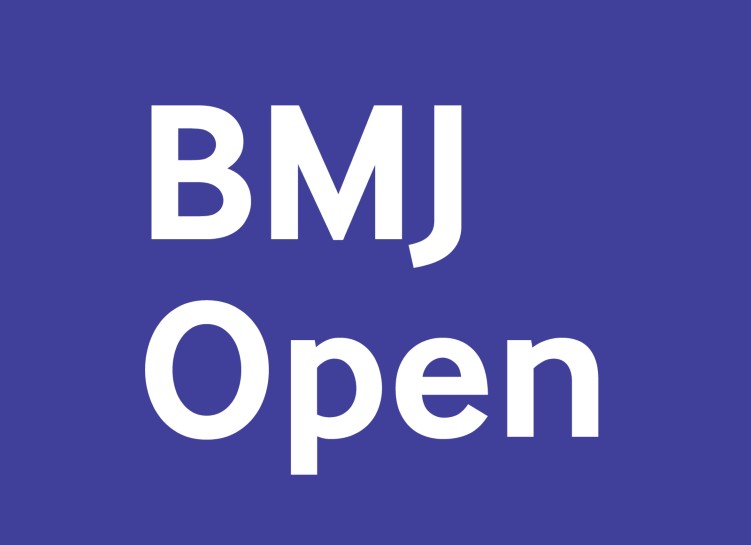The Advisory Council for Immunisation Practices at the Centers for Disease Control and Prevention (CDC) recommends annual influenza vaccination for all healthy adults. Furthermore, CDC urges individuals to get vaccinated early in the influenza season, from October to January. Yet, it can be difficult for researchers and practitioners working to improve influenza vaccine uptake to get accurate information in real time. Existing influenza immunisation surveillance techniques have known limitations: traditional survey-based methods are time-consuming and expensive, and newer reimbursement-based systems fail to accurately capture a representative sample of population.
Two national surveillance systems enable public health professionals to access information on influenza vaccine uptake in the USA. The most accessible of these systems is the CDC’s FluVaxView, which aggregates uptake data from several national surveys. The CDC data provide accurate estimates of vaccine uptake, although with some time lag. The earliest reports are only available after influenza seasons typically peak, and final estimates are generally published at the start of the following influenza season in September or October. Additionally, the panel surveys that inform the reports are expensive, take months to administer and process, and may undersample populations without a landline phone, particularly minority populations, young adults and adults living in urban areas.


